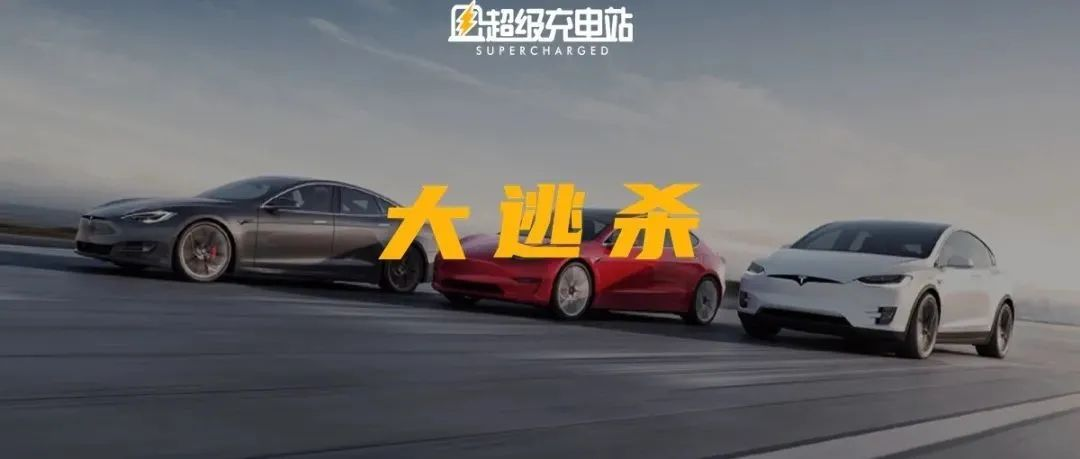Author: James Yang Jianwen
Every year, the China Electric Vehicle 100 People Annual Media Communication Conference is held at the end of the year, to share observations and prospects for the entire industry, rain or shine.
Industry expert Ou Yangmingao and Chairman of the China Electric Vehicle 100 People Association Chen Qingtai were still the ones doing the sharing this year.
So what kind of forecast will they be providing this time?
This year’s market growth exceeds expectations, but is logical
Recently, various car companies have released sales figures for their new energy vehicles, and the new players’ three brands have all surpassed 10,000 in sales volume, while other car companies have also seen varying degrees of growth.
As anyone can see, the entire new energy vehicle industry is in a great situation.
In Ou Yangmingao’s view, this year’s market outbreak should be attributed to technological advancement, product richness, and policy support.
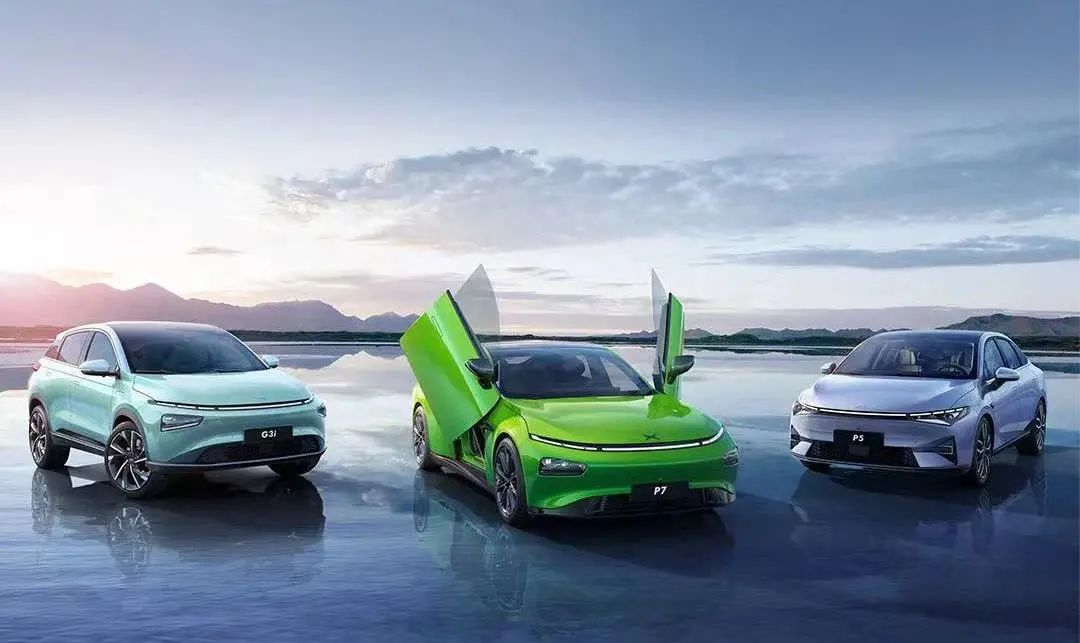
Technologically speaking, battery technology has continued to improve, and the structure of battery systems has continued to innovate, such as large-scale applications of blade batteries and CTP, and the large-scale use of LFP batteries in the market have brought about a reduction in costs, all of which have lowered the entry barriers for electric vehicles.
At the same time, intelligent assisted driving systems that are naturally suited for electric vehicles, as well as the excellent handling performance of electric vehicles themselves (start-up acceleration, throttle response), are also key selling points for users.
In terms of products, there is now a rich variety of new energy vehicle models that cover all passenger car levels. Currently, there is a new “squeeze at both ends” phenomenon in terms of the subdivided market and product structure: micro-cars have been virtually occupied by electric vehicles, and luxury cars are also mainly dominated by electric vehicles.
In terms of policy support, the continuation of subsidies, the increase in dual credit fines, and the launch of the “Peak Carbon, Carbon Neutrality” strategy are all clear guiding roles for the industry.
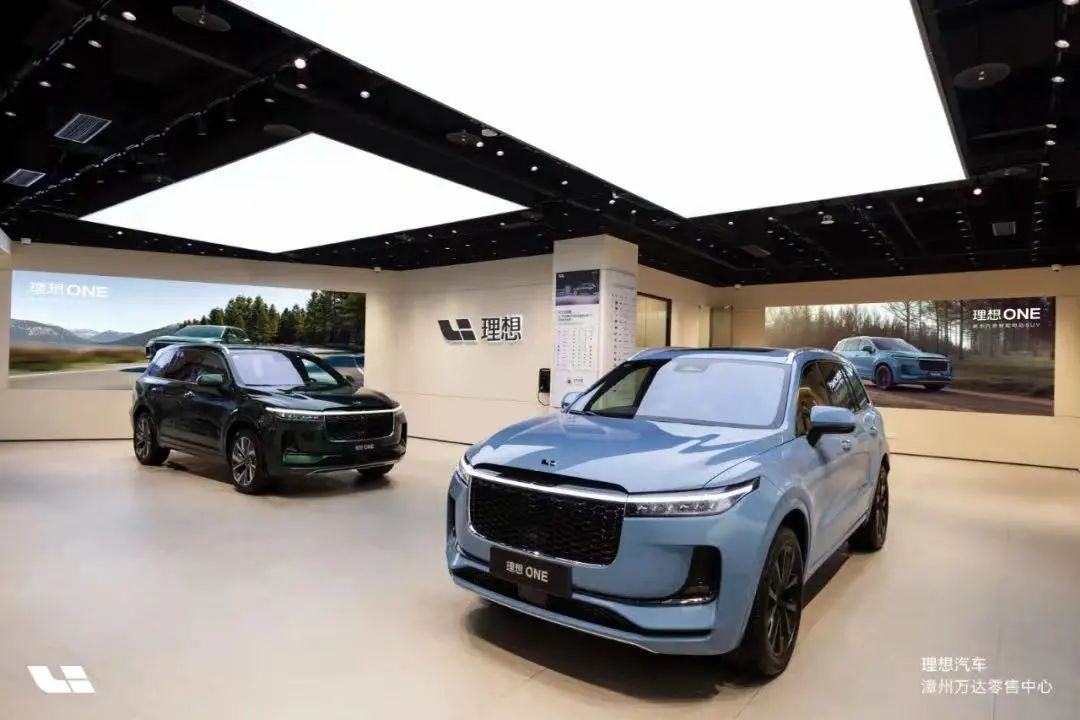
At the same time, we can see that the role of subsidies in consumption is gradually diminishing, and users’ acceptance of new energy is gradually improving, with the proportion of private consumption based on market consumption having risen to nearly 75%.
According to China Passenger Car Association data, in October, the penetration rate of new energy reached 18.8%, and the retail penetration rate of new energy vehicles in China from January to October reached 13%, a significant increase from the 5.8% penetration rate in 2020.
Annual sales of three million is just the beginning
According to Ou Yangmingao’s estimate, this year’s total new energy vehicle sales volume is around 3.3 million (in 2020, this figure was 25.311 million vehicles), and as of the end of the first ten months, China’s new energy vehicle sales have already surpassed 2.5 million, so it is already certain that the year-end production and sales will set a new record.”Next year, this number will continue to grow to 5 million units,” he added, “limited by battery supply, chip supply and production capacity.”
In May of this year, the International Energy Agency (IEA) released the global carbon neutral roadmap, showing that global electric vehicle sales will grow 18 times from 2020 to 2030, with annual sales reaching 55 million in 2030. Conservative foreign forecasts predict global electric vehicle sales of 30 million in 2030.
After planning and analysis, the Ouyang Ming Gao team gave an overall prediction of the Chinese new energy market:
New energy sales:
By 2025, 7 to 9 million;
By 2030, around 17 to 19 million.
(In 2020, China’s automobile production and sales exceeded 25 million units, respectively 25.225 million and 25.311 million.)
New energy holdings:
By 2025, it will exceed 30 million units;
By 2030, it will approach 100 million;
By 2035, it will approach 200 million;
By 2040, it will approach 300 million.
(By the end of 2020, the national motor vehicle holding was 372 million units.)
Regardless of whether these numbers come true, they signal that global car electrification has crossed the critical point and entered a new growth period.
Within 5-10 years, there will be a major reshuffle in the industry.
“In the next 5-10 years, there will be a major reshuffle of enterprises, certainly eliminating a number of them, but it is impossible to predict who will survive,” said Ouyang Ming Gao, whose judgment is consistent with the current competitive landscape.
The benefits of electrification are not only at the level of vehicle construction and supply chains, but also at the level of brand awareness reconstruction.
For old brands, transformation is imminent, and all the giants have issued 2025 and 2030 strategies to demonstrate their transformation determination.
However, the burden of transformation is too heavy. “Old brands want to make electric vehicles the same as gasoline vehicles, but they dare not change the appearance for fear of inconsistency with their previous brand image. If they change, they will be on the same starting line as new brands, so they are very hesitant.”
On the other hand, new forces can take only the essentials, since they start from scratch. Companies like NIO and Xpeng are gradually becoming new luxury brands, while also having their own loyal supporters.
However, the advantage of traditional giants is that they have strong reserves and still have a large mass base.The following one or two years will be a critical period for major automobile brands to make a concerted effort. Let’s take a look at some of them:
New Forces:
NIO: Delivering three new cars on the NP2.0 platform in 2022;
Li Auto: Launching four new cars in 2023;
XPeng: Releasing at least two to three new cars each year from 2023.
……
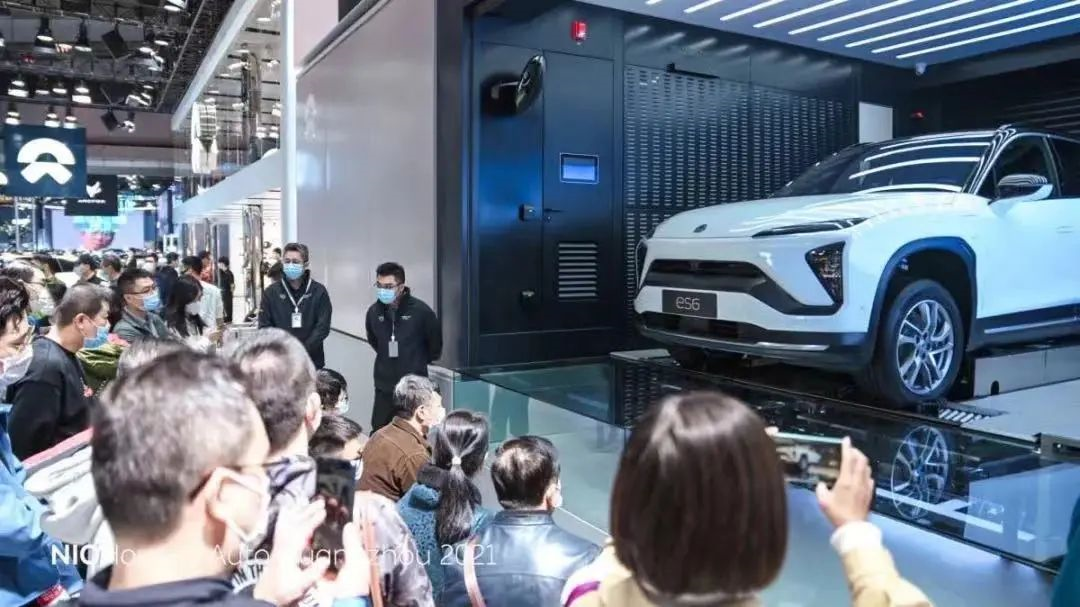
New Strengths:
JiKe: Launching six new car models in the next three years;
Voyah: Introducing at least one new car to the market each year in the next three years;
SHARON: Launching 1-2 new products annually in the next five years.
ZhiJi: Pure electric sedans are set to be launched at the end of the year, with pure electric SUVs planned for release in 2022.
……
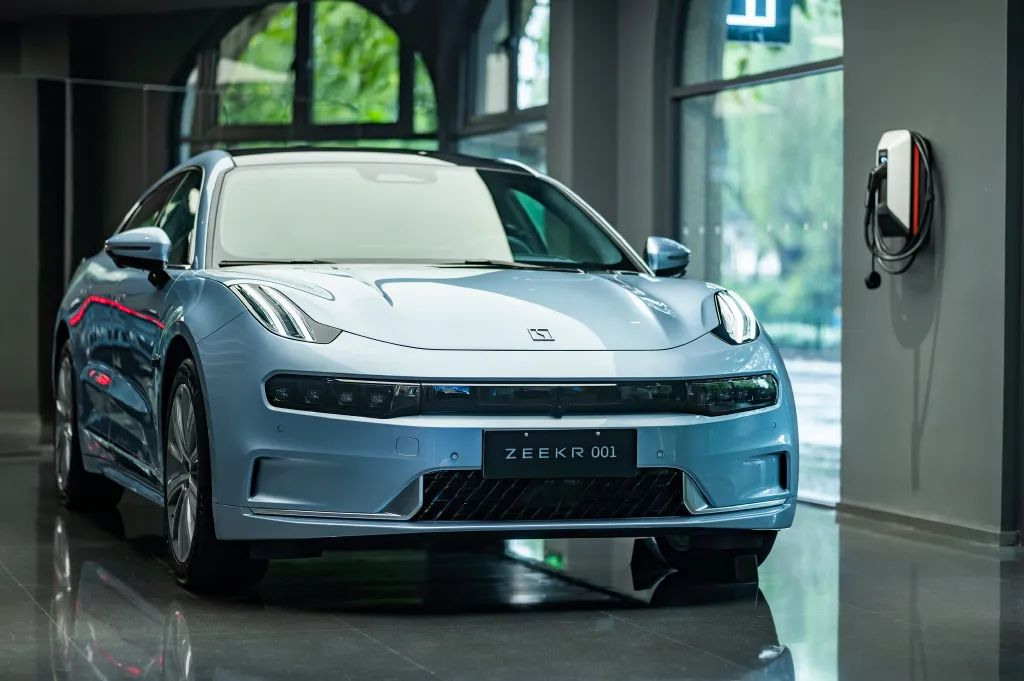
Traditional Giants:
Volkswagen: Plans to become the global leader in the electric vehicle market by no later than 2025;
BMW: Expects pure electric cars to cover about 90% of the niche market by 2023;
Mercedes-Benz: Plans to provide pure electric car models to all of its service segment markets by 2022;
Nissan: Plans to release 23 new electric car models by the 2030 fiscal year, including 15 new electric vehicles worldwide;
Honda China: Plans to launch 10 new Honda branded pure electric cars within 5 years.
……
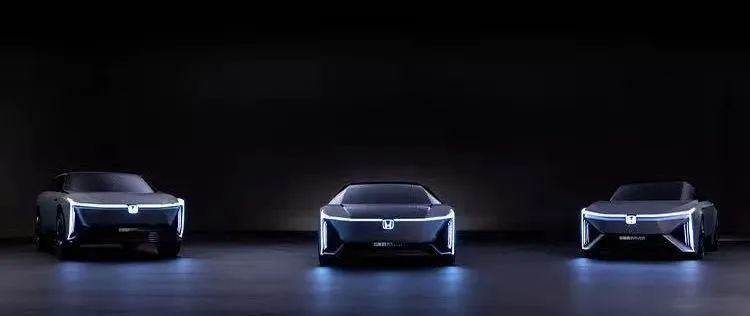
Cross-border Competitors:
Yudo Auto: Will launch new cars in 2023;
Xiaomi Auto: Plans to produce new cars in the first half of 2024.
……
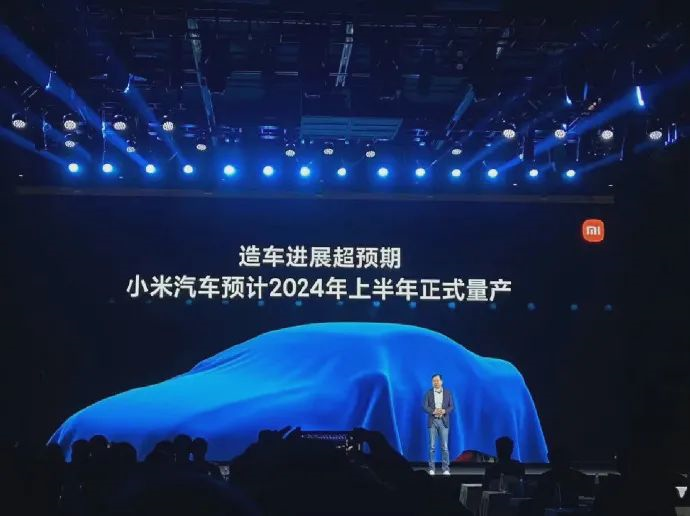
It is obvious that in the next one or two years, fierce battles between new forces, new strengths, joint ventures, and cross-border competitors are inevitable.
I suddenly remembered what Li Shufu, Chairman of Geely Holding Group, said in an interview with the media: Only two or three automobile companies can survive in the future.
It seems to be true now.
Battle Royale Begins
China’s new energy vehicle industry has gone through three stages of industrialization:
The first stage: Policy-driven stage (large-scale subsidies for both car companies and users);
The second stage: Government policy and market-driven stage (subsidies decreasing with more decision-making power transferred to users);
The third stage: Market-driven stage (post-subsidy era, market demand is the sole deciding factor).Fortunately, according to the current trend, we are smoothly transitioning to the third stage and the industry has officially entered the “Spring and Autumn Period” era.
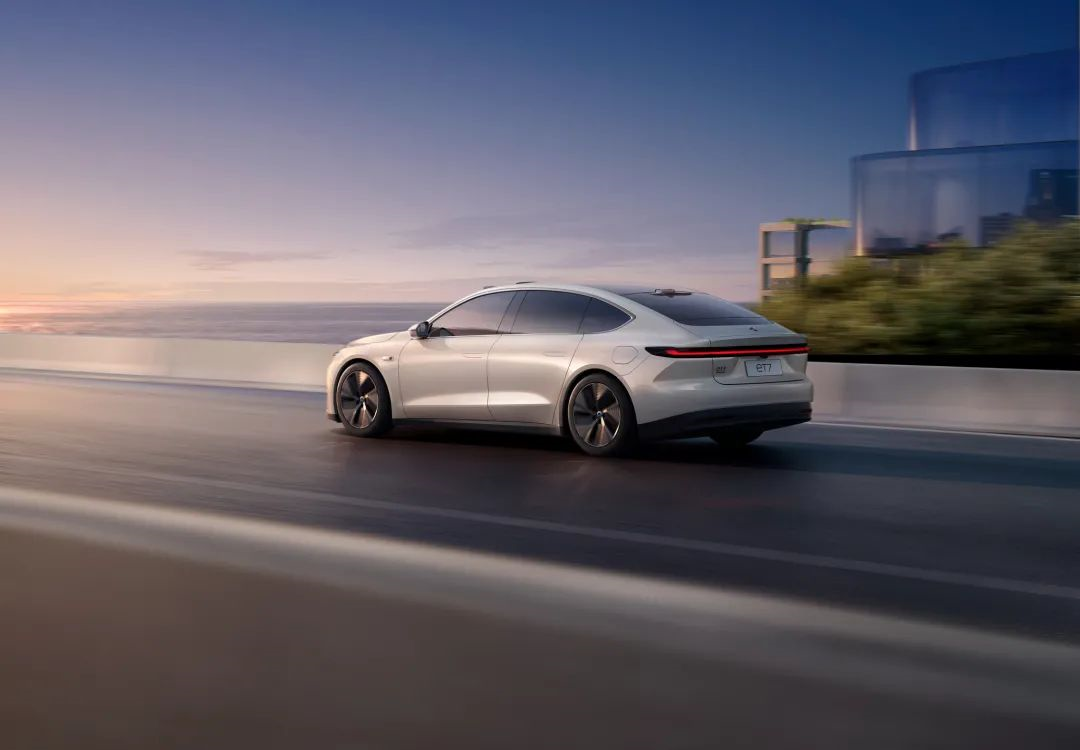
At the same time, with the tilt of European and American policies, the transformation to electrification has become a foregone conclusion. Many international giants have focused on electrification layout in China, such as Honda mentioned earlier.
As Chen Qingtai said: “Now, the competition in the field of electrification or new energy vehicles has changed from mainly domestic competition among Chinese automakers to global competition among global automakers in the new energy field.”
The “Great Escape” of the new energy industry has begun…
This article is a translation by ChatGPT of a Chinese report from 42HOW. If you have any questions about it, please email bd@42how.com.
